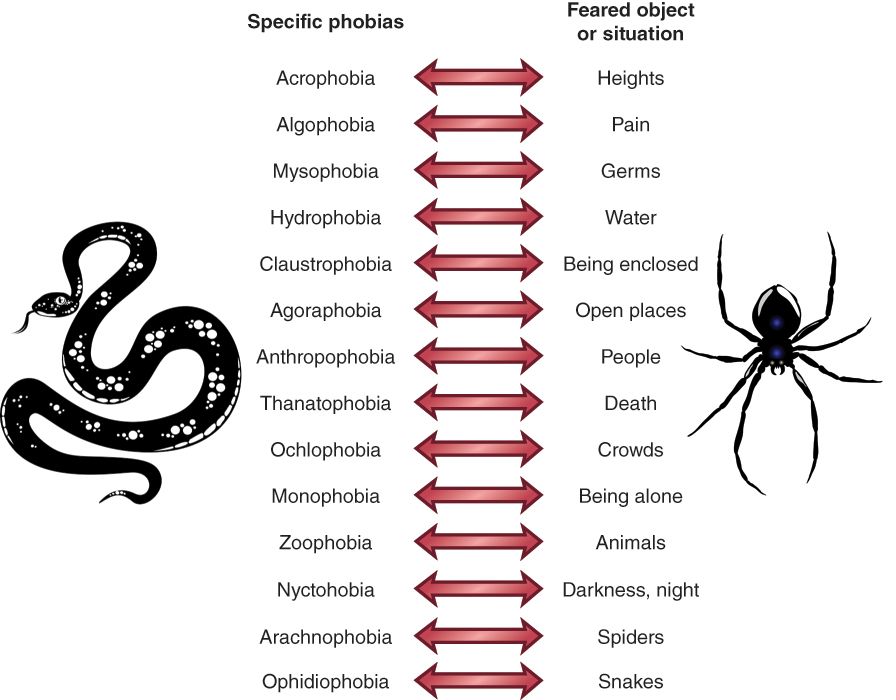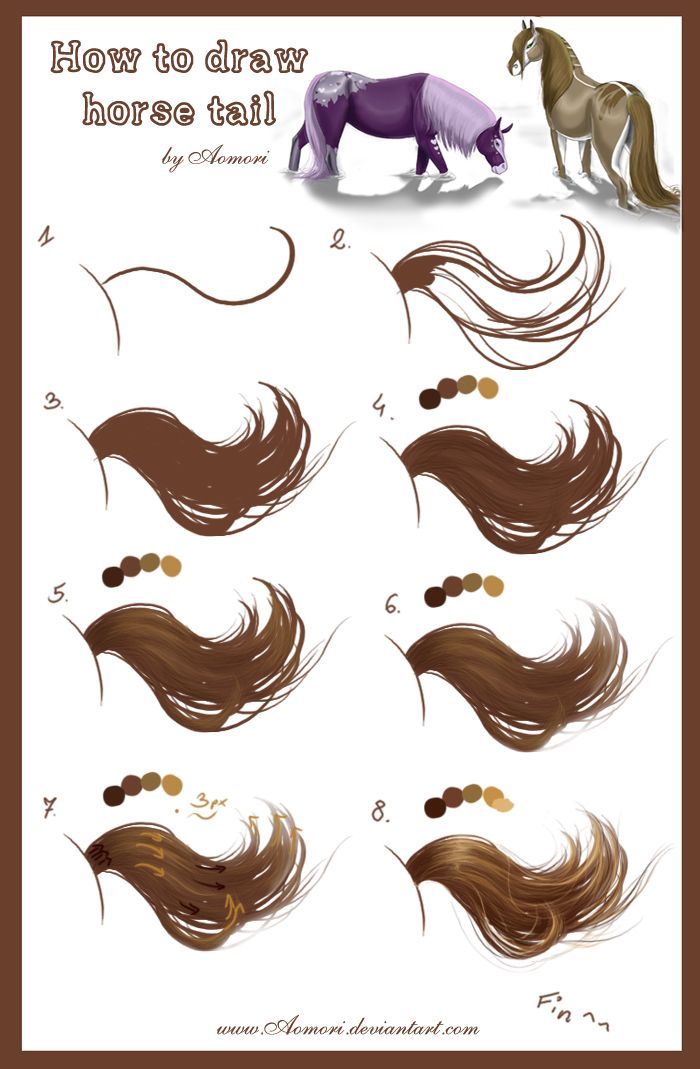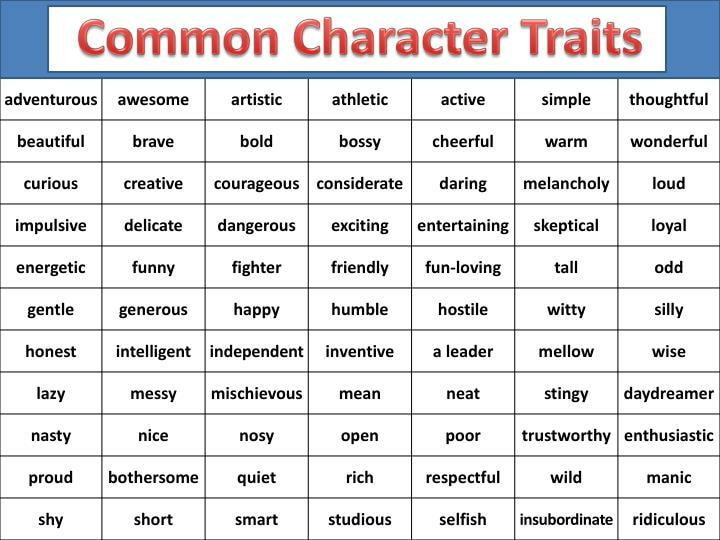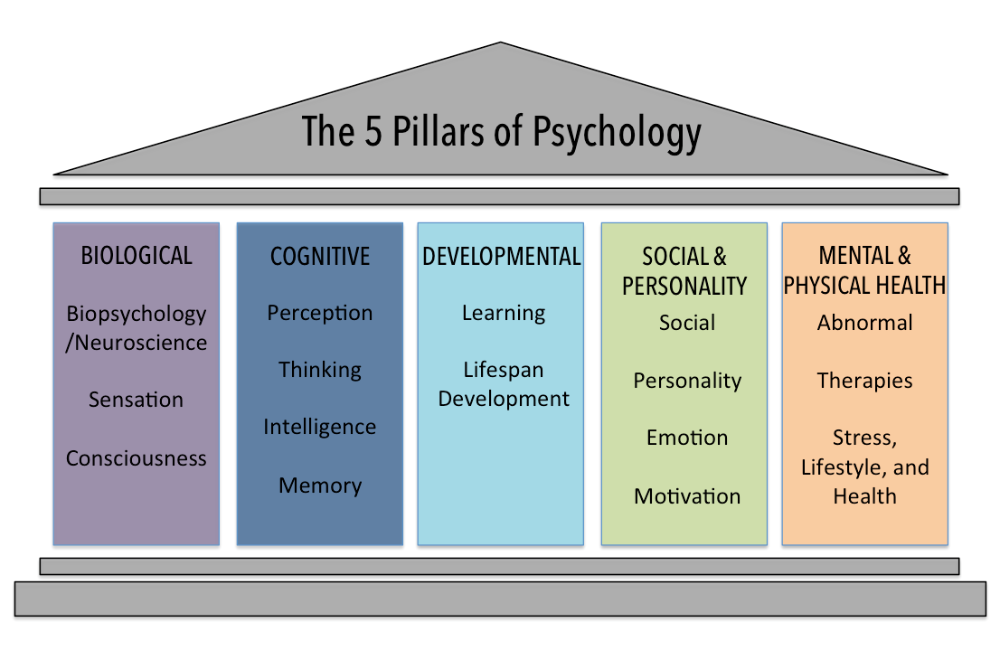History of horse therapy
Equine Assisted Therapy - The Anxiety Treatment Center
Equine therapy, also known as Equine-Assisted Therapy (EAT), is a treatment that includes equine activities and/or an equine environment in order to promote physical, occupational, and emotional growth in persons suffering from ADD, Anxiety, Autism, Cerebral Palsy, Dementia, Depression, Developmental Delay, Genetic Syndromes (such as Down Syndrome), traumatic brain injuries, behavioral issues, abuse issues, and many other mental health problems. Equine Therapy can help the individual build confidence, self- efficiency, communication, trust, perspective, social skills, impulse control, and learn boundaries. Since the horses have similar behaviors with humans, such as social and responsive behaviors, it is easy for the patients to create a connection with the horse. Riders with disabilities demonstrate their remarkable accomplishments in national and international sport riding competitions. Equine-Assisted Therapies have been recognized in the medical and mental health field by most major countries.
Equine therapy dates back to the times when horses were used for therapeutic riding in ancient Greek literature. Orbasis of ancient Lydia documented the therapeutic value of riding in 600 B.C. In 1946, Equine Therapy was introduced in Scandinavia after an outbreak of poliomyelitis.
Therapeutic Riding was introduced to the United States and Canada in 1960 with the formation of the Community Association of Riding of the Disabled (CARD). In the United States riding for the disabled developed as a form of recreation and as a means of motivation for education, as well as its therapeutic benefits.
Animals such as elephants, dolphins, dogs, and cats have also been used for therapeutic purposes. Horses become the most popular animal to use in animal therapy because they give immediate feedback to the handler or rider’s actions. Horses also have the ability to mirror the feelings of the handler or rider. Horses’ large and intimidating appearance forces and individual to gain trust around them.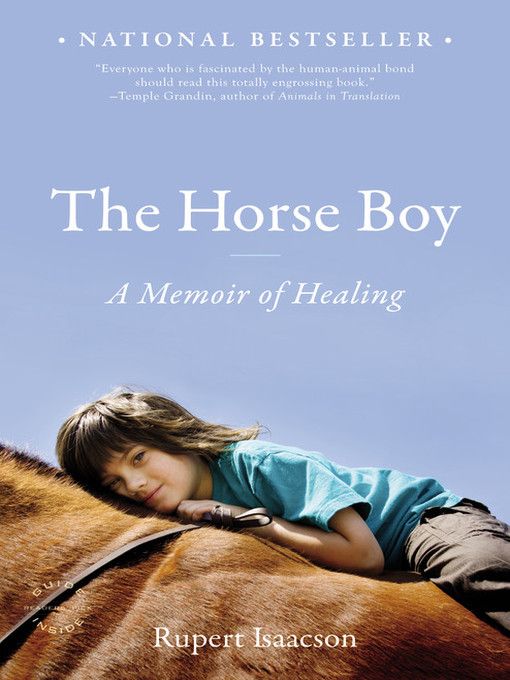
Equine therapy can involve more than just riding the horse. In some sessions, a client might not even touch the horse at all. Often the therapist leading the session will set goals for the client to complete, such as leading the horse to a designated area or putting a halter on the horse. The client will complete the task to the best of their ability and then discuss the thought process, ideas and problem solving used to complete the task. Discussing what the client is doing at a given time allows them to improve language skills. Listening to the instructor helps improve the individuals ability to listen and follow directions, ask questions, etc. Not only is there communication between the handler and the instructor, but also between the handler and the horse. This skill becomes especially helpful for those who are struggling with anxiety as often times they are stuck in worry about the past, or catastrophic thinking about the future. This activity encourages a person to be present and focused on the task at hand.
Therapists who teach Equine-Assisted Therapies can easily adapt Cognitive Therapy as well as play and talk therapy. Depending on the nature of the anxiety and its severity, the Equine therapist is able to make decisions about the processes or techniques applied in the sessions. Main techniques used are Cognitive Therapy, practicing activities, activity scheduling, play therapy and story telling and talk therapy.
Cognitive Therapy: This type of therapy is often used as a treatment for anxiety. Horses sense danger and respond with heightened awareness of their surroundings, oftentimes trying to flee if the situation seems too dangerous to them. Individuals suffering from anxiety disorders may be able to feel these changes through observation, then allowing them to discuss anxious activities with the therapist. Focusing on the apprehension of the animal rather than oneself can greatly reduce the individual’s anxious response and allow them to challenge automatic thoughts.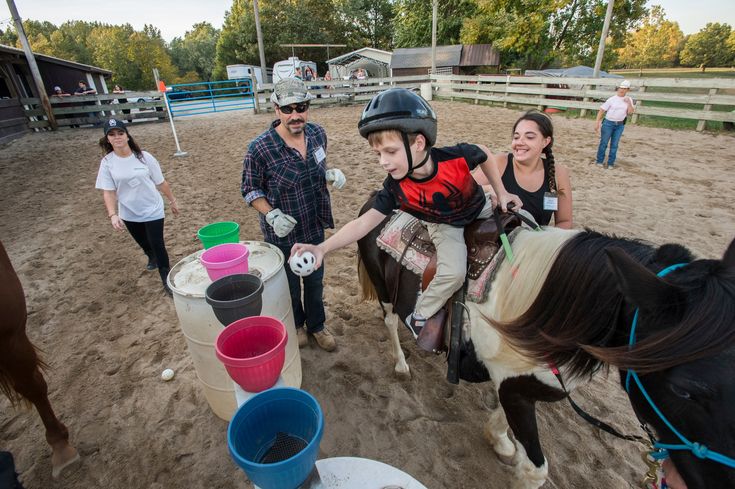 Throughout this process the patient would practice remaining calm and taking responsibility of his or her own thoughts.
Throughout this process the patient would practice remaining calm and taking responsibility of his or her own thoughts.
Practicing activities: Often times, individuals experiencing severe anxiety will tend to avoid activities that are challenging, fearful, or out of their comfort zone. This technique allows an individual to choose an activity, which may be outside of their own skill level. The therapist will then assist them as needed and talk with them about thoughts or feeling that are stimulated by these activities. For example, longing, bathing, and feeding the horse are all activities that involve coordination, planning and active communication.
Activity scheduling: Many people struggling with anxiety will begin to avoid chores or other responsibilities that previously were inherent in their daily activity due to the impact the anxiety is having on their lives. The more they avoid however, the more their anxiety is perpetuated by thinking about returning to those activities.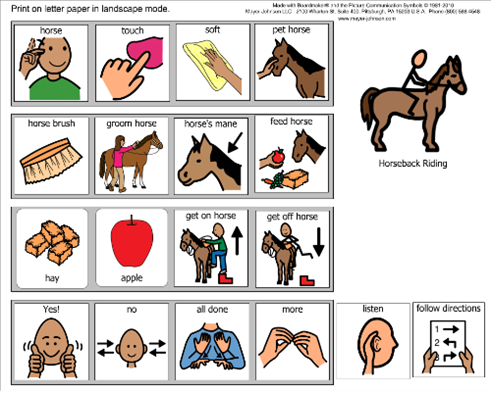 Planning or developing a schedule to care for an animal or horse throughout the day can teach an individual a sense of responsibility as well as flexibility because the physical needs of the animal/ horses can change anytime. This allows the person to direct their focus away from their anxiety and begin returning to structure during the day that will foster a experience of feeling more competent and responsible.
Planning or developing a schedule to care for an animal or horse throughout the day can teach an individual a sense of responsibility as well as flexibility because the physical needs of the animal/ horses can change anytime. This allows the person to direct their focus away from their anxiety and begin returning to structure during the day that will foster a experience of feeling more competent and responsible.
Play Therapy and Story telling: Many horse characteristics can be identifiable to individuals including the instincts of play, curiosity, freedom and social drive. Play therapy allows and inspires creating relationships and setting limits. Story telling encourages developing stories about what the animal is thinking and conveying emotion. This is a great tool for encouraging the development of language skill and creativity.
Equine Therapy is often used as a team building exercise or in family or group therapy because horses also show interpersonal behavior. Also, because equine therapy is often goal oriented, it allows the group to work together to achieve a common goal.
Also, because equine therapy is often goal oriented, it allows the group to work together to achieve a common goal.
This list includes characteristics of horses that make them unique for therapy.
Non-judgmental and unbiased: Horses react only to the patient’s behavior and emotions and are not biased by the patient’s physical appearance or past mistakes. Patients describe this as being crucial to the therapy and aids in increase of self-esteem and self-confidence.
Feedback and mirroring: Their nature as a prey and herd animal makes them hyper vigilant and sensitive, thus making them keen observers. This means that their feedback is provided earlier and more consistently than with a human therapist. The horse has an innate tendency to mirror the patient’s behavior, physical movements and emotions, which help the participant be more aware of him or herself. It allows patients to “feel felt”.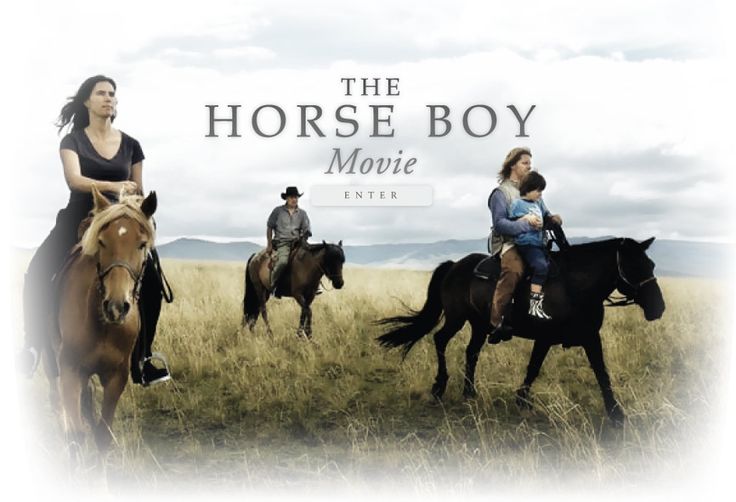 This feedback can then be translated by the equine specialist and analyzed by the group.
This feedback can then be translated by the equine specialist and analyzed by the group.
Metaphor for real life: The ability of a therapist to use the horse as a metaphor for other issues helps make the equine treatment applicable to real life problems. An example of how a therapist can help the patient work out issues in their own lives through the use of the horse as a metaphor: “One child was having great difficulty discussing how they were feeling about an upcoming move to another state. She was, however, able to offer many suggestions for how to help a horse that was being sold feel more comfortable in his new environment”. Using the horse as a metaphor for his own move, the child better understood and could cope with her own move.
Equine Day at The Anxiety Treatment Center!
|
Before 1900
Since 1900
Our founding members:
Previous PresidentsName Years (Term)
|
Projects
Media and Digital
November 30
26 RELEASE OF THE SHOW “AN IDEA REQUIRES PROTECTION” – DENIS KIRIS, BEAUTY SHOULD BE ETHICAL
The hero of the 26th issue of the show "The idea needs protection" - Denis Kiris - director of programs on the TVC channel, producer on the channels "Culture" and "360".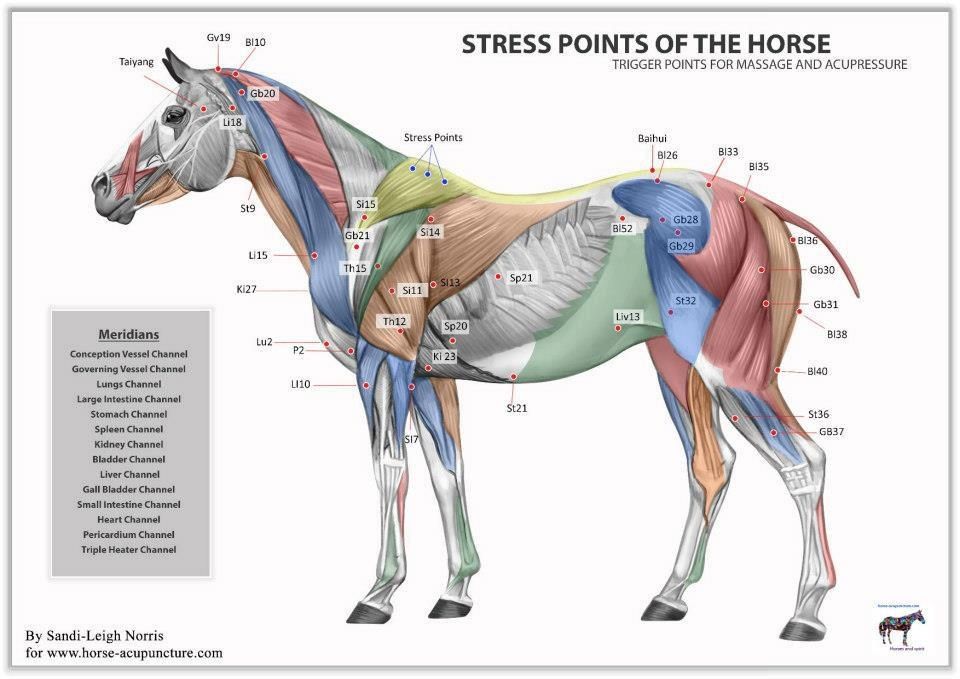 And the editor-in-chief of the Internet portal about culture in Russia and abroad "Revizor.ru".
And the editor-in-chief of the Internet portal about culture in Russia and abroad "Revizor.ru".
Prose and poetry
November 22
HOW TO PUBLISH A BOOK WHICH WILL NOT HAVE DISCOVERED ON THE MEDIOS
Using the example of an anthology of Ossetian dramaturgy, whose publishers became guests of the Creative.RF practical block, we talk about how to implement a dream project and publish a text that will be in demand.
Media and Digital
November 20
HISTORY CRYSTAL
How to create an interactive application for schoolchildren and win two grants
Media and Digital
November 20
SHOW "AN IDEA REQUIRES PROTECTION". ISSUE 25: IRINA GOLMGREIN, VERTICAL VIDEO CONTENT EXPERT
Issue 25: Irina Golmgrein, vertical video content expert
Music and dance
19 November
SHOW "AN IDEA REQUIRES PROTECTION". ISSUE 23: NATALYA IGNATENKO, GENERAL DIRECTOR, ELENA OBRAZTSOVA FUND
The guest of the 23rd edition of the show “The idea needs protection” is Natalya Ignatenko, a member of the expert council of the National Project “Culture” and the general director of the Elena Obraztsova Foundation, a charity fund for supporting musical art.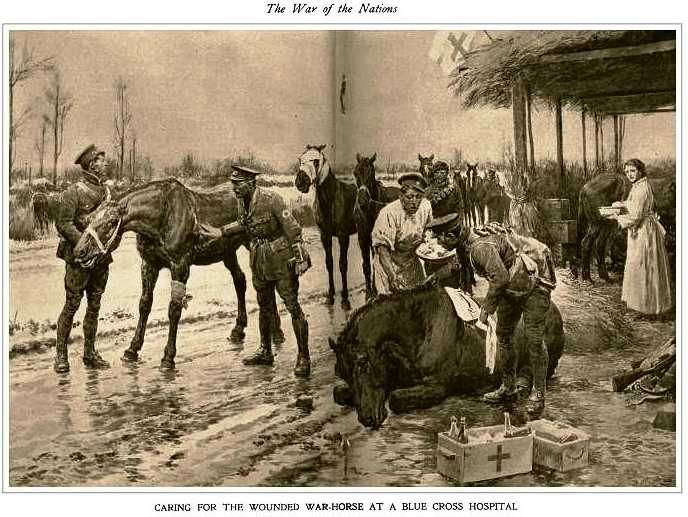 It is the honor of the foundation, named after the great opera singer, that Natalya will have to defend. Their main project is the Elena Obraztsova International Competition for Young Opera Singers.
It is the honor of the foundation, named after the great opera singer, that Natalya will have to defend. Their main project is the Elena Obraztsova International Competition for Young Opera Singers.
Theater and cinema
November 18
"A FORGOTTEN HISTORY: TEMPLE OF THE URALS": HOW TO MAKE A QUALITY DOCUMENTARY AND BE HONEST TO YOURSELF
On October 12, 2022, the premiere of the film "Forgotten History: The Temples of the Urals" took place on the network. Today, for the first time since the premiere of the film, Kreativno.rf, in the format of a live dialogue, presents the documentary Forgotten History: Temples of the Urals, and based on the experience of Vadim Ovchinnikov as a director, tells: how to make a good documentary film and where to start for a young director?
Prose and poetry
November 16
SHOW "AN IDEA REQUIRES PROTECTION". ISSUE 24: NIKOLAY DAVYDOV, VOLUME BOOK DESIGNER
Nikolay DAVYDOV is the hero of the 24th issue of the show "The idea requires protection" and the designer of the pop-up company "Format-D".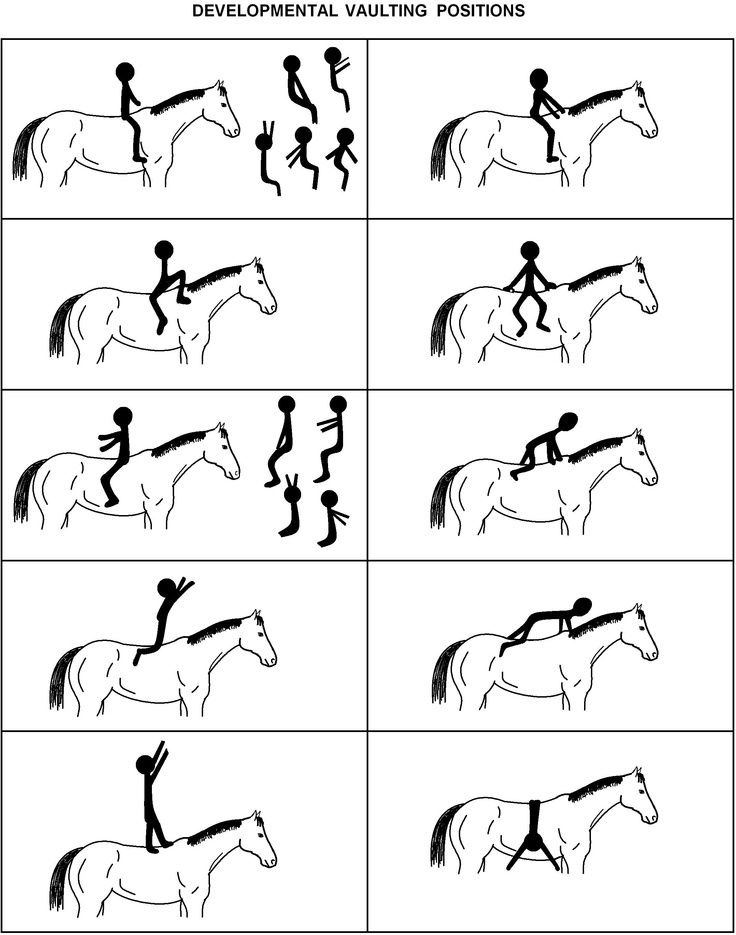 He is engaged in the creation of voluminous books - a laborious process that takes, at times, months and even years, reminiscent of an assembly line! And all in order to get a huge paper design, motley, multi-colored, and ... having nothing to do with a book. After all, what do we value in literature? The process of reading, during which we interact with the rich inner world of the author, and expand our own. And if the book is an awkward toy that you don’t know how to approach, then its main function - reading - is lost.
He is engaged in the creation of voluminous books - a laborious process that takes, at times, months and even years, reminiscent of an assembly line! And all in order to get a huge paper design, motley, multi-colored, and ... having nothing to do with a book. After all, what do we value in literature? The process of reading, during which we interact with the rich inner world of the author, and expand our own. And if the book is an awkward toy that you don’t know how to approach, then its main function - reading - is lost.
Theater and cinema
November 16
5 POINTS HOW TO MAKE A BRIGHT PERFORMANCE
We tell you how to come up with and implement a theatrical production, which will not only receive a grant for its implementation, but also become an extraordinary cultural event. This is exactly what Vlad Kolchin, the musician who defeated multiple sclerosis, did. His story of the struggle with the disease first became a book, and then was put on stage.
Theater and cinema
18 Nov
MOVIES ABOUT THE PEOPLE AND FOR THE PEOPLE
How to show the ethnic diversity of Russia
How are horses treated? | Kalganovsky Stud Farm
For a long time people have been living next to animals. It is not surprising that at one time they were able to notice the favorable changes in health that communication with "little brothers" brings. One of the most famous doctors, Hippocrates, also used animal therapy (animal-animal). There are many types of animals that are included in it, but horses will be discussed below, and as a result, hippotherapy in general. It became widespread, thanks to one girl who, despite the then considered incurable disease, nevertheless achieved her dream. Lich Hartell, being a patient with polymeolitis, was able to take silver at the Olympic equestrian competitions in the middle of the twentieth century.
It should also be noted which horses are used for horseback riding. For example, purebred Akhal-Teke horses with a history of more than 5 thousand years are very beautiful; Russian President Vladimir Vladimirovich Putin and the presidents and heads of many other countries can boast of walking on them.
For example, purebred Akhal-Teke horses with a history of more than 5 thousand years are very beautiful; Russian President Vladimir Vladimirovich Putin and the presidents and heads of many other countries can boast of walking on them.
Peculiarities of application of horses
Problems and illnesses that can be moved forward with the help of hippotherapy are quite wide. These include: cerebral palsy, neurosis, hypertension, movement disorders, neuropathy, autism, cardiovascular and mental illness. Children with deviant behavior, attention deficit and logoneurological diseases can also count on the help and support of horses. It happens that clinics designed for the treatment of alcohol and drug addicts, and their return to social life, have a professional hippotherapist in their arsenal.
How the treatment works
With this treatment, the horse plays the role of a kind of “simulator”, which is aimed at training underused muscle groups and strengthening the main ones.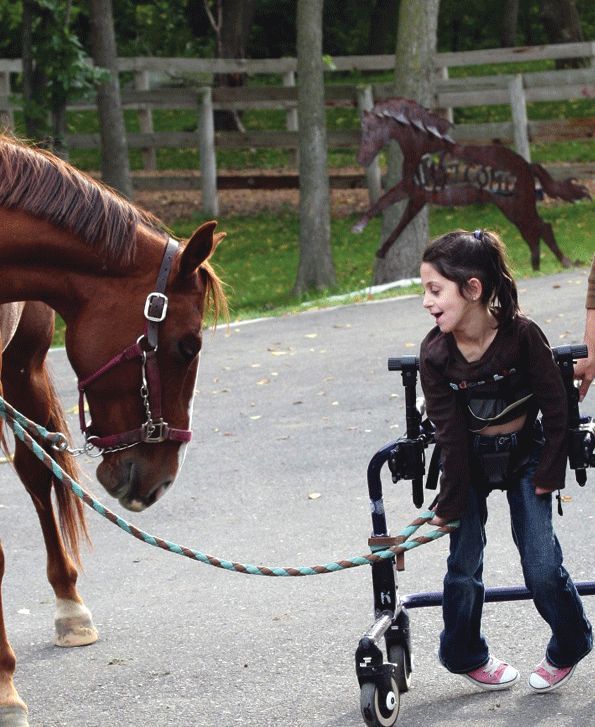 Equally, they also act as a "psychotherapist", establishing and harmonizing the psycho-emotional sphere. Sitting on a horse, the patient is constantly looking for a point of balance, developing muscles, vestibular apparatus and sensory organs.
Equally, they also act as a "psychotherapist", establishing and harmonizing the psycho-emotional sphere. Sitting on a horse, the patient is constantly looking for a point of balance, developing muscles, vestibular apparatus and sensory organs.
One of the main feelings that such therapy can give is the manifestation of complete trust between the "doctor" and the patient. The horse constantly adapts to the rider, which is why, sooner or later, a feeling of stability and trust is born in him. These animals are quite susceptible to human emotions and well-being. In children with noticeable problems in recognizing the real world and perceiving the environment, a feeling of peace sets in, fears are noticeably reduced, memory improves, and with it attention. With problems in the field of motor activity, people often have a feeling of inconvenience and awkwardness. After hippotherapy, this psychological clamp disappears, as a result of which muscle tension also subsides. The activity of movements and their motility improve, at the same time becoming more adequate and accurate.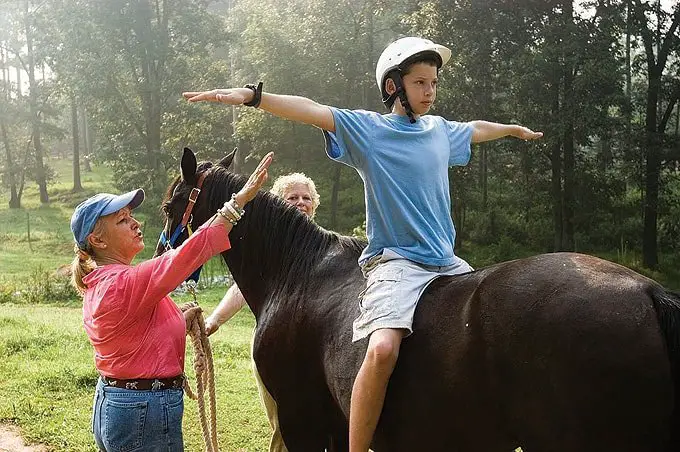
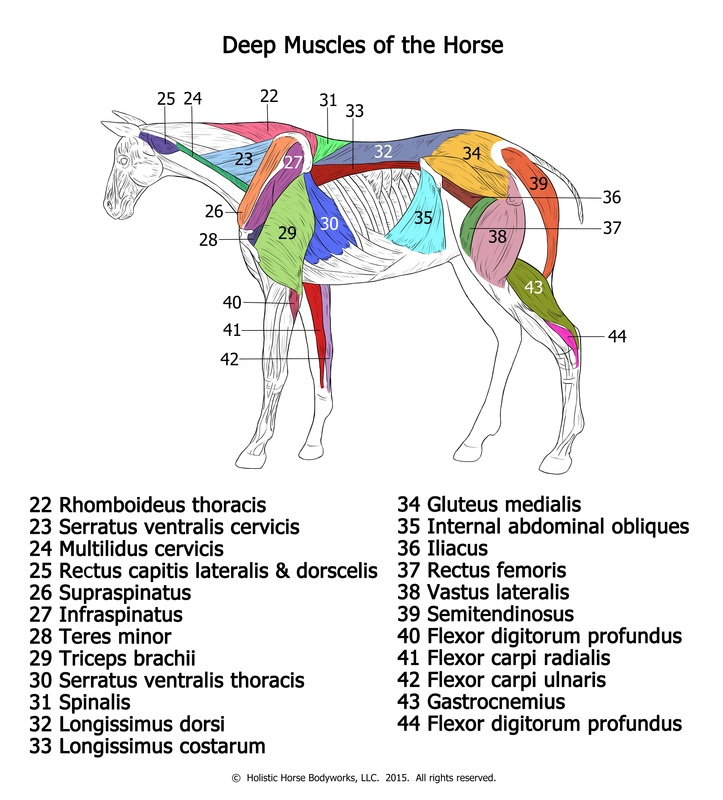 He was also the first to describe the effects of too much riding as well as contraindications.
He was also the first to describe the effects of too much riding as well as contraindications.
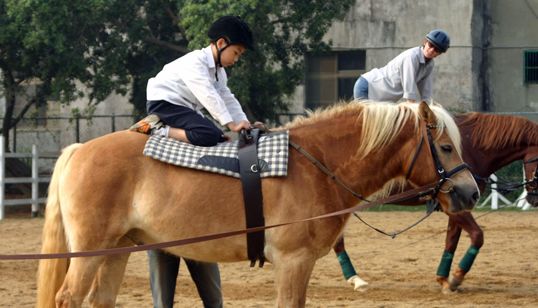
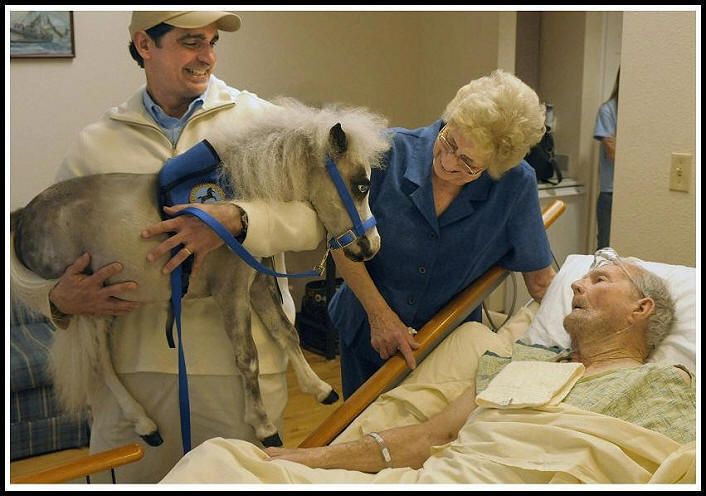 became an approved Continuing Education Credit provider with ASHA and AOTA. Click Here for more information
became an approved Continuing Education Credit provider with ASHA and AOTA. Click Here for more information
